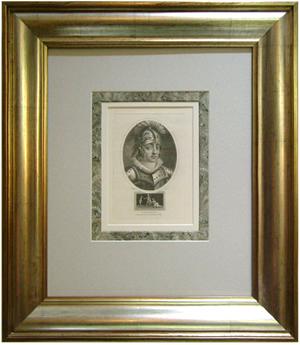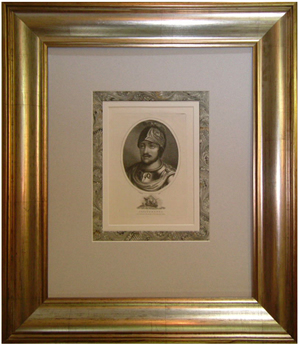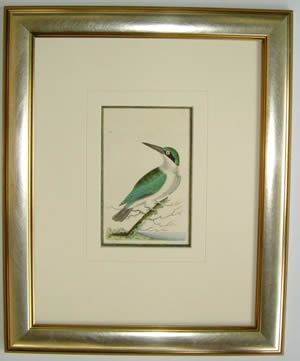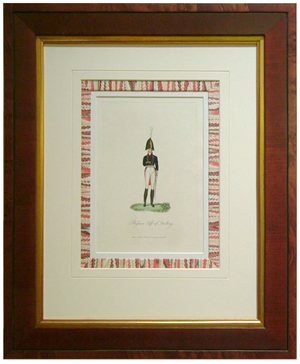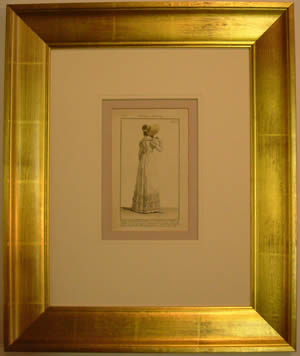Antique prints never go out of style; they were drawn from life with accurate detail.
The huge variety of subjects appeals to a wide range of interests.
Antique prints never go out of style; they were drawn from life with accurate detail.
The huge variety of subjects appeals to a wide range of interests.
An antique (or antiquarian) print is over 100 years old. The most sought after still have their original hand colouring. Prints were copied from artist drawings, using stone or metal plates and rag paper, utilising various printing processes. The most common are etchings and lithographs.
The prints were sent out to subscribers as loose sheets for binding into books. Illustrations and script were separate; it was not until the twentieth century that printing process could accommodate both type and illustration on one page.
There is a great variety of subject matter including exotic flora and fauna, antique maps, military scenes, uniforms, architecture and portraiture.
Prints (bookplates) are available through dealers, galleries and the internet. The original binding has meant that the colouring has been protected from the effects of u.v. light.
Conservation mounting methods should be used. This involves hinging the print to an acid free base, then adding mats to hold the print and keep it off the glass. See diagram. The mat(s) can be decorated and/or fitted with a spacer or other decorative devices.
Antique prints need traditional frames. Gold, or black and gold works well. Birdseye maple frames suit ships, military, maps, and wildlife subjects; these can be fitted with gold slips too.
It’s important to use u.v. filtering glass and to hang away from excessive light. Antique prints were never meant to be exposed to sunlight, colours will fade and paper will discolour.
Collecting for investment is not everyone’s cup of tea. A wide range of images is now available, either as restrikes (using the original plates), or reproductions using contemporary scanning and digital printing.
They are just as decorative as their original cousins.
